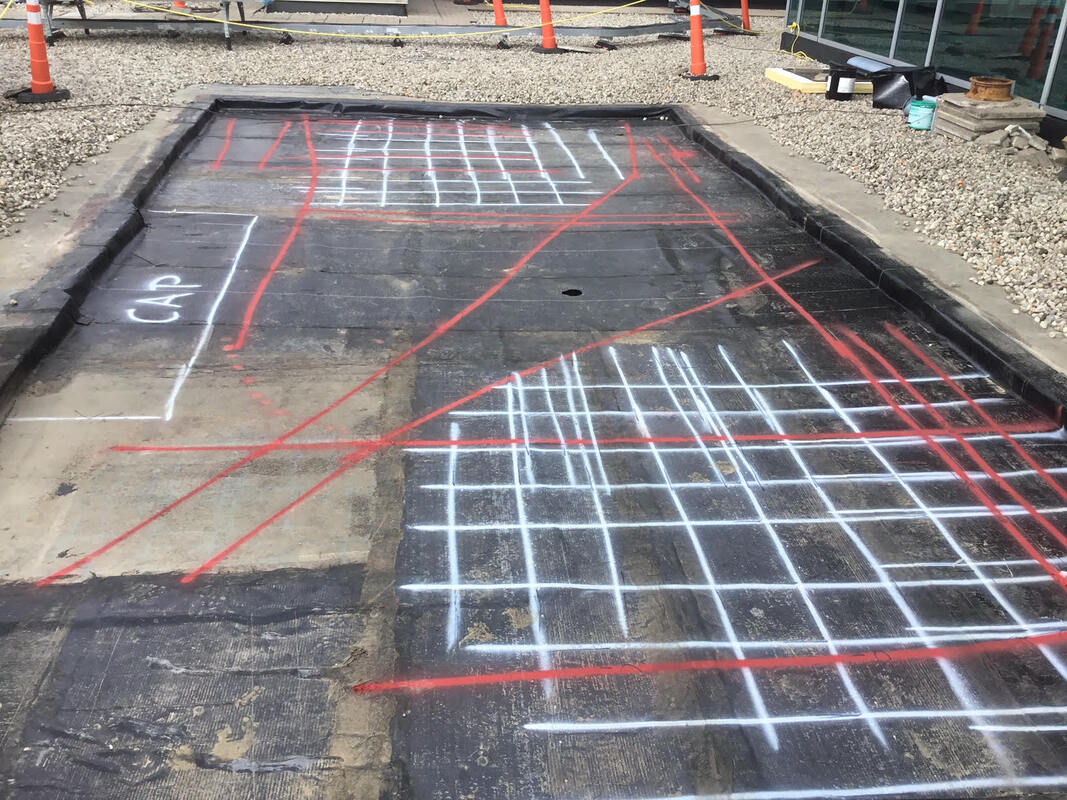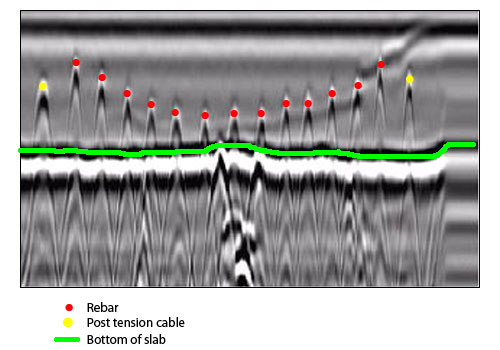Beyond the Surface: Leveraging Advanced Concrete Scanning Techniques for Unmatched Precision and Understanding
In the realm of building and construction and facilities maintenance, the quest for precision and thoroughness is incessant. Advanced concrete scanning techniques have emerged as important devices in this search, supplying a peek under the surface to introduce a world of essential understandings. By taking advantage of cutting-edge innovations, professionals can discover abnormalities, examine the condition of concrete structures, and make educated decisions that form the course of tasks. The effects of these methods expand much beyond plain surface-level analyses, guaranteeing a depth of accuracy and understanding that is unequaled.
Significance of Advanced Concrete Scanning
The value of utilizing advanced concrete scanning techniques lies in the unmatched accuracy they offer for discovering sub-surface abnormalities and making certain architectural integrity. By employing advanced technologies such as ground-penetrating radar (GPR), electro-magnetic induction, and progressed finder imaging, construction specialists can dive beneath the surface area of concrete frameworks with a level of accuracy that far surpasses conventional assessment techniques. Concrete Scanning. These methods allow the identification of covert risks like rebar corrosion, gaps, avenues, or post-tension wires that can jeopardize the security and security of a structure in time
In addition, progressed concrete scanning supplies very useful understandings right into the total problem of a concrete aspect without the requirement for intrusive actions, decreasing the threat of triggering damage throughout the analysis process. The ability to pinpoint the exact location and deepness of possible concerns allows for targeted repair work and maintenance, inevitably lengthening the life-span of the structure and optimizing its performance. Fundamentally, the importance of innovative concrete scanning can not be overstated in the world of building and construction and facilities maintenance, where accuracy and reliability are extremely important.
Kinds Of Cutting-Edge Technologies

Anomalies and Problem Detection

Along with GPR, concrete scanning techniques like thermography and impact-echo testing are likewise reliable in discovering abnormalities and problems. Thermography uses infrared innovation to identify variants in surface area temperature, showing possible locations of issue such as delamination or moisture ingress. On the other hand, impact-echo testing involves analyzing acoustic actions to find spaces, fractures, and other defects within the concrete. By leveraging these advanced strategies, specialists can proactively attend to architectural issues, guaranteeing the longevity and safety of concrete frameworks.
Assessing Concrete Problem
Just how can engineers accurately review the problem of concrete structures to guarantee their durability and safety? Analyzing the concrete problem is an essential aspect of keeping framework integrity. Numerous sophisticated concrete scanning techniques are utilized for this purpose. Ground-penetrating radar (GPR) is generally used to analyze the interior framework of concrete, discovering voids, fractures, and various other anomalies that might compromise its stamina. Additionally, impact-echo testing can give insights right into the thickness and stability of concrete elements. Ultrasonic pulse speed screening is another useful approach for assessing concrete top quality by gauging the speed of audio waves through the material.
Moreover, aesthetic inspection remains an essential component of concrete problem analysis. Designers aesthetically examine the surface for signs of wear and tear, such as spalling, splitting, or staining. Integrating non-destructive screening approaches with aesthetic examinations permits a comprehensive assessment of concrete condition, allowing designers to determine this post possible concerns at an early stage and apply prompt upkeep or repair work. By leveraging these sophisticated techniques, designers can ensure the long-term resilience and security of concrete structures.
Enhancing Decision-Making Procedures
In the realm of infrastructure monitoring, enhancing decision-making procedures is imperative for making certain the efficient maintenance and longevity of concrete frameworks. Enhanced decision-making procedures in concrete administration involve using sophisticated scanning strategies to collect comprehensive information on the problem of structures. By leveraging technologies such as ground-penetrating radar and 3D imaging, stakeholders can make educated decisions pertaining to repair, substitute, or reinforcement approaches.
These progressed scanning techniques supply important insights into the inner structure of concrete, recognizing prospective concerns such as gaps, cracks, or corrosion that might not be noticeable on the surface. This degree of thorough information enables aggressive maintenance preparation, reducing the threat of architectural failings and increasing the general lifespan of concrete frameworks.
Moreover, by integrating digital paperwork and analysis tools into the decision-making process, stakeholders can track the development of concrete conditions in time, allowing predictive maintenance techniques and optimizing resource allocation. Ultimately, the integration of advanced concrete scanning techniques enhances decision-making processes by why not try here giving unparalleled precision, understanding, and performance in facilities administration.
Final Thought
Finally, progressed concrete scanning methods use unrivaled precision and understanding in finding anomalies, defects, and assessing the problem of concrete structures. By leveraging advanced technologies, decision-making procedures can be improved, resulting in even more efficient and enlightened options for maintaining and fixing concrete Our site facilities. These techniques play a crucial function in guaranteeing the safety and long life of concrete structures, making them an indispensable tool in the area of construction and design.
Furthermore, progressed concrete scanning offers invaluable understandings into the general condition of a concrete aspect without the need for invasive actions, lessening the threat of triggering damages during the analysis process - Concrete Scanning. One more ingenious technology is 3D X-ray scanning, which supplies detailed pictures of the inner structure of concrete, supplying important info without the demand for damaging screening. In Addition, Concrete Cover Meters are utilized to gauge the thickness of concrete cover over reinforcement bars properly. Boosted decision-making processes in concrete administration entail utilizing sophisticated scanning techniques to gather in-depth information on the condition of frameworks.In verdict, advanced concrete scanning techniques use unmatched accuracy and insight in finding abnormalities, problems, and examining the problem of concrete frameworks